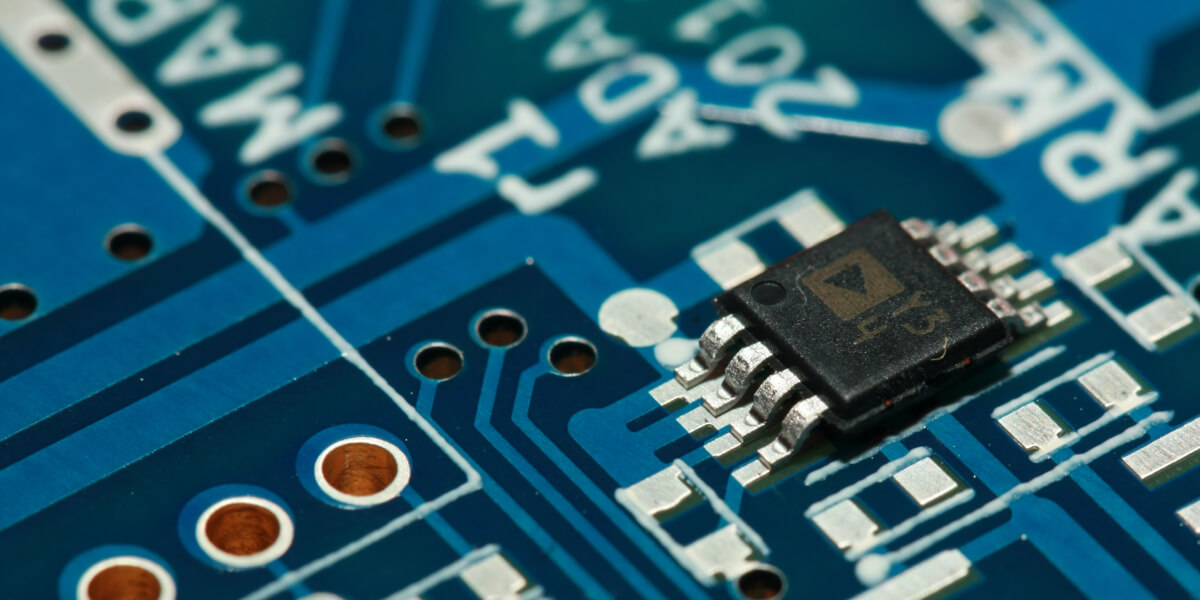

Hardware
Inside the die of Intel’s 8087 coprocessor chip, root of modern floating point
In this new article Ken Shirriff did the reverse engineering of the first floating point unit ever made. In his analysis, he discovered an extra internal pad used by the 8087’s substrate bias circuit. The reading is really interesting to discover what is substrate bias and how engineers used to make it work without adding a -5V pin to the circuit.
70’s TV game recreation using an Arduino (Atmel ATmega328/168) processor
In 1976 General Instrument created Pong. What is still interesting with Pong for nowadays engineers is that it’s only one integrated circuit: the
AY-3-8500
. In this article Grant Searle dives deep into the subtle behaviors of Pong to reproduce as perfect as possible the original game rendering. The AY-3-8500 fascinates few people around the World as you can read in this other article that is a
simulation of the AY-3-8500
.
Software
How to Read an RFC As an embedded systems engineer, I had to read so many times RFC to either implement or verify the implementation of protocol libraries. To know how to read a RFC is a must have as a skill. This article demystifies a lot of things about them. It’s written by Mark Nottingham an active member of the IETF.
Zero cost stack overflow protection for ARM Cortex-M devices
This article is all about the Rust language and its core feature the memory safety. it explains how to ensure it on a bare metal ARM processor.
BearSSL version 0.6
BearSSL is go to library when you want to add the SSL/TLS protocol to your embedded device. After more than one year since the 0.5 release it’s a good news to see BearSSL continue to evolve. We are just waiting for the first implementation of TLS 1.3 for embedded systems.
Misc
Furby source code
Furby
is a Hasbro toy. Even this is not really usable as a PDF it’s still interesting to be able to read the source code of a famous toy.
The Astrolab: a Next-Generation Astronomy Computer
If you are a fan of astronomy you’ll probably like this project.
